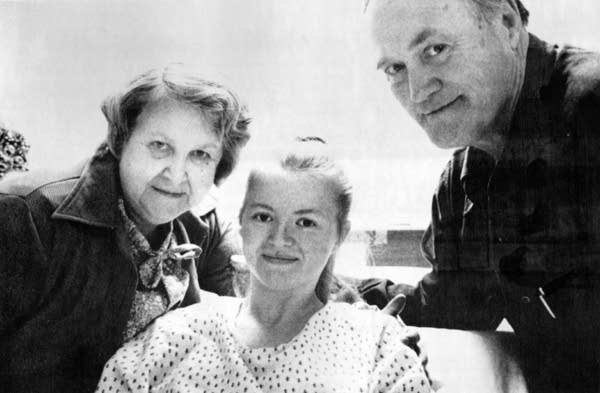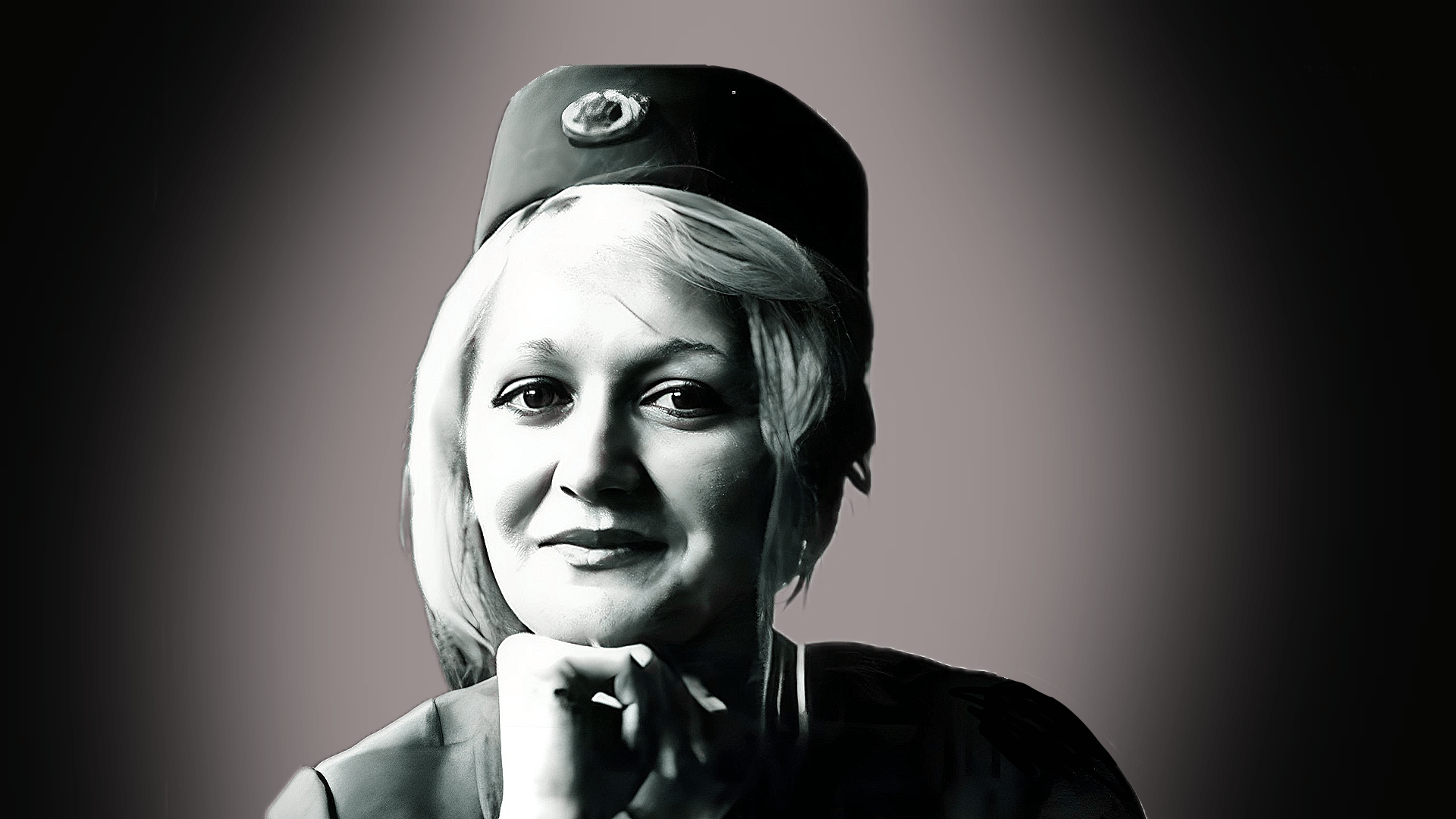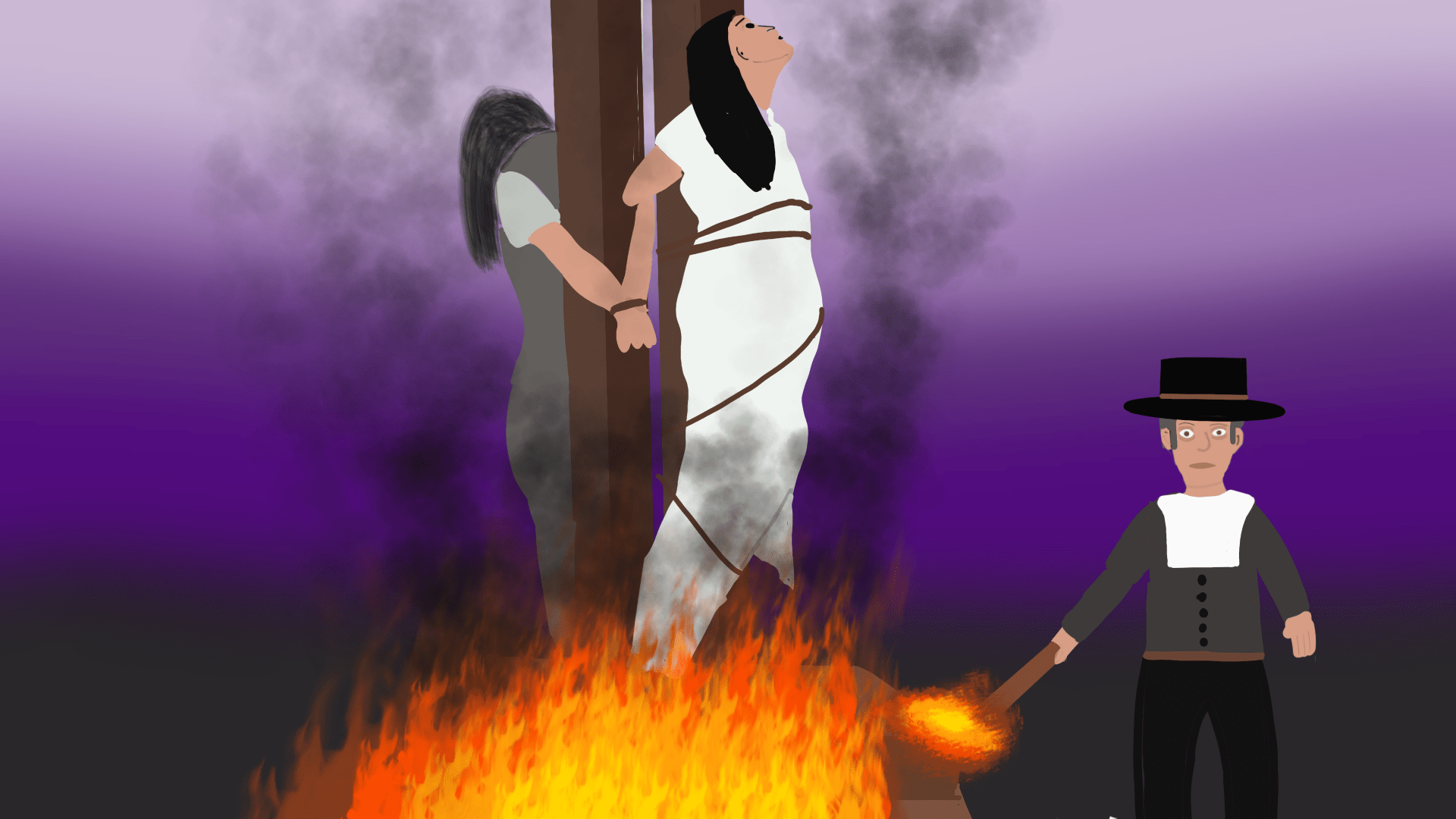
On the night of Dec. 20, 1980, 19-year-old Jean Hilliard’s car hit a ditch. She tried to walk for help. She was found in the morning in the front yard of a local cattle rancher — frozen solid as a log.
On that night, Jean had gone into town and met some friends and then headed home about midnight.
She took a shortcut on an icy gravel road just south of Lengby. Her dad’s Ford LTD had rear wheel drive but no anti-lock brakes. As such, it slid into a ditch.
Broken down, with no way to contact the outside world, she knew a guy down the road, so she started walking toward his house. It was 20 below that night, and she was wearing cowboy boots.
As she kept walking, Jean described herself as frustrated rather than scared.
Two miles after her walk started, she finally saw her friend’s house through the trees. Then, everything went black.
Hillard doesn’t remember what happened next. Friends told her she’d made it to her friend’s yard, tripped, and crawled on her hands and knees to his doorstep. They said she laid there for six straight hours, with her eyes frozen wide open.
Cattle rancher Wally Nelson would find on Hillard and then take Hillard to the hospital.
Doctors at the Fosston hospital did not expect Hilliard to live. They couldn’t get an IV into her frozen arm and kept breaking needles.
They thought she was dead already, but decided to warm her up anyway, with heating pads.
By midmorning, shockingly, Hilliard woke in spasms. By noon, she was talking coherently.
In half a day, she’d gone from a block of ice to a scared teenager, worrying about her dad finding out his car was in the ditch.
The details seem pretty miraculous, although University of Minnesota professor of emergency medicine David Plummer says this kind of thing happens.
As he explained:
As a person cools down, their blood flow slows way down, and their body requires less oxygen. It’s like a form of hibernation. If their blood flow increases at the same rate as their body warms up, they can often recover.
“We have patients you can knock on like wood, they feel rock solid frozen. That in no way dissuades us from the resuscitation attempt. And we do have a track record of success with that.”
In emergency medicine, Plummer said, “the dictum is no one is dead until they’re warm and dead.”
The strange part of Hilliard’s case, he said, is where she made her recovery, and when.
Today, doctors use a special device that pumps the patient’s blood through a heater, warming their vital organs from the inside. In 1980 at the hospital, all they used were some heating pads and a lot of prayers.
Today Jean Hillard has no lingering health issues from the ordeal and has gone on to live a normal life.



